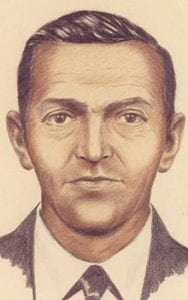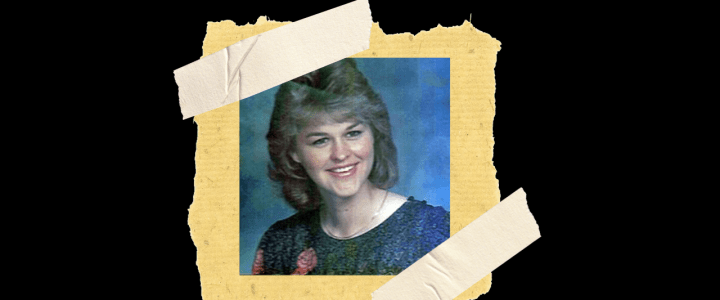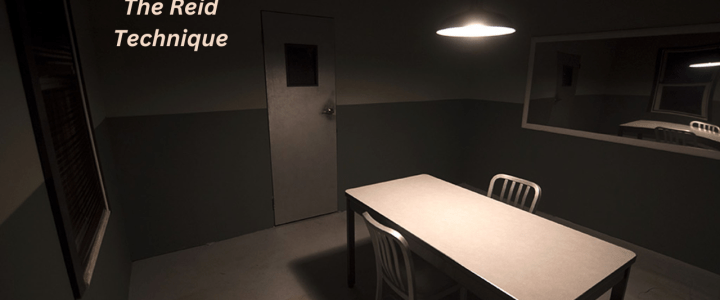On the afternoon of the 24th of November, 1971, a man carrying a black attaché case and referred to himself as “Dan Cooper” entered the Portland International Airport and bought a one-way ticket on Flight #305; Portland, Oregon to Seattle, Washington. Cooper was assigned seat 18C and ordered a drink before takeoff.
Cooper was a white male, wearing a white shirt with a dark business suit and tie. He appeared to be in his mid-40’s and was a quiet man with little accent. Boarding the plane he drew no attention to himself.

The plane, a Boeing 727 aircraft, carried 42 occupants in total. 36 passengers (including Cooper), Captain William A. Scott, First Officer William “Bill” J. Rataczak, Flight Engineer Harold E. Anderson, and three flight attendants, Alice Hancock, Tina Mucklow, and Florence Schaffner.
The Hijacking
The aircraft left Portland on schedule at 2:50 pm PST. Shortly after, around 3:00 pm, Cooper handed flight attendant Schaffner a note. At the time, men traveling alone would usually hand flight attendants notes with phone numbers or hotel room numbers written on them, so Schaffner assumed it was only a business man’s phone number. Schaffner ignored the note, quietly slipping it unopened into her purse. The next time she passed, Cooper whispered to her, “Miss, you’d better look at that note. I have a bomb.”
The note read in neat handwriting, “Miss – I have a bomb in my briefcase and want you to sit by me.” The shocked attendant did as she was told. She then asked to see the bomb. Cooper opened his cheap case and showed a glimpse of two rows of four red sticks, which was presumed to be dynamite, all connected to a mass of wires that led to a cylindrical battery. Soon, Schaffner was walking to the captain with a new note of Cooper’s demands: $200,000 in negotiable American currency, two front parachutes, and two back parachutes, all given to him by 5:00 pm.
After reading the note, Captain Scott immediately contacted air traffic control. They then contacted the Seattle Police who contacted the FBI. The FBI urgently called the airline’s president, Donald Nyrop, who then stated to comply with the demands given by Cooper. After this, Cooper instructed the flight attendant to return the note to him, removing incriminating evidence and leaving the exact wording unknown, but everyone present agreed that the note contained the words, “no funny business”.
With Schaffner in the cockpit, Cooper moved to the window seat so that flight attendant Mucklow could sit in the isle to act as a liaison between them and the cockpit. Cooper told Mucklow to tell the captain to stay in the air until the money and parachutes were ready. He also made additional demands; when landing in Seattle, all passengers would remain onboard until Cooper had the money, then he would let them go. The plane circled Puget Sound for about 2 hours to give the FBI enough time to obtain the needed resources. While the plane was circling, Mucklow asked why Cooper was hijacking this airlines specifically. Cooper replied, “It’s not because I have a grudge against your airlines, it’s just because I have a grudge,” he stopped and said that this airlines just fulfilled his needs.
The $200,000 was received in $20 bills, with random serial numbers which complied with Cooper’s request. Every bill had a serial number starting with “L”, however, specifically planned by the FBI. Tacoma’s McChord Air Force Base offered to supply the parachutes, but Cooper rejected this offer; he wanted regular civilian parachutes, not military grade ones. Seattle Police eventually contacted a local skydiving school, and bought the two front parachutes from them. The two back parachutes were obtained from a local stunt pilot.
In the Sky Again
At 5:46 PST, the plane arrived in the Seattle-Tacoma airport. Cooper told them that only one representative was allowed to bring the money and parachutes, and the only entrance/exit would be the plane’s front door. When this played out to Coopers demands, Mucklow traveled to the front entrance to receive the supplies from Al Lee, Northwest Orient’s Seattle operations manager. The 36 passengers were then released, with Cooper keeping several crew members (flight attendants Hancock and Schaffner being an exception, as they requested to debark from the plane), and the plane took off for a set course to Mexico City.
Sometime after takeoff, Cooper asked Mucklow to lower the back aircraft stairs. Mucklow expressed her fear many times of doing this, to which Cooper replied saying he would do it himself. He instructed Mucklow to go to the cockpit and close the curtain partition between Coach and First Class. He told her to not return.
By 8:13 pm, the warning light for the aft staircase lit. Pilot William Scott asked if he needed assistance, with Cooper replying his final message anyone ever heard from him again, “No.” The plane’s tail pitch upwards, and Cooper jumped out of the aircraft with the parachutes and money, never to be seen again.
Cooper’s fate still remains a mystery to this day.
Sources: Wikipedia, FBI.gov, Crimemuseum




